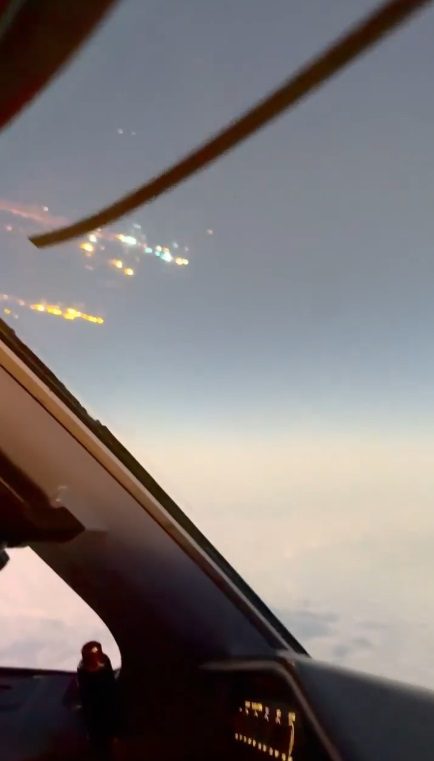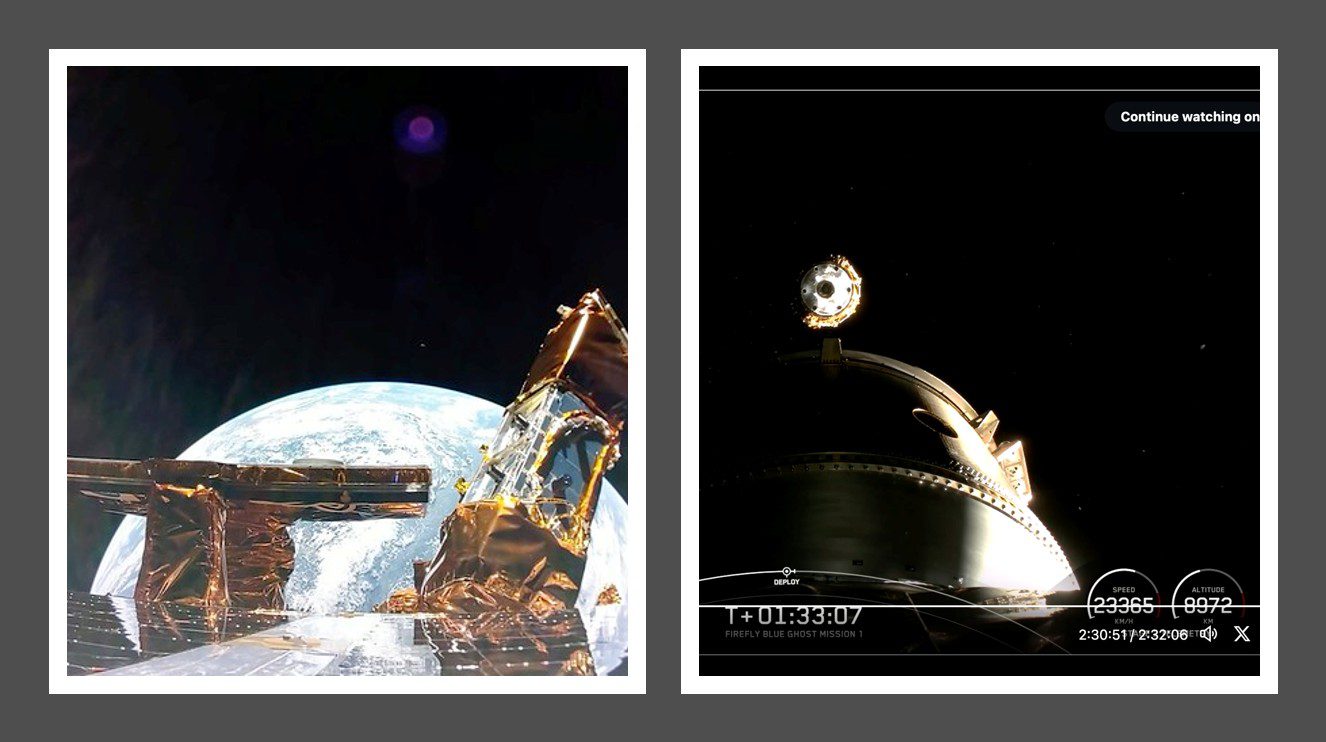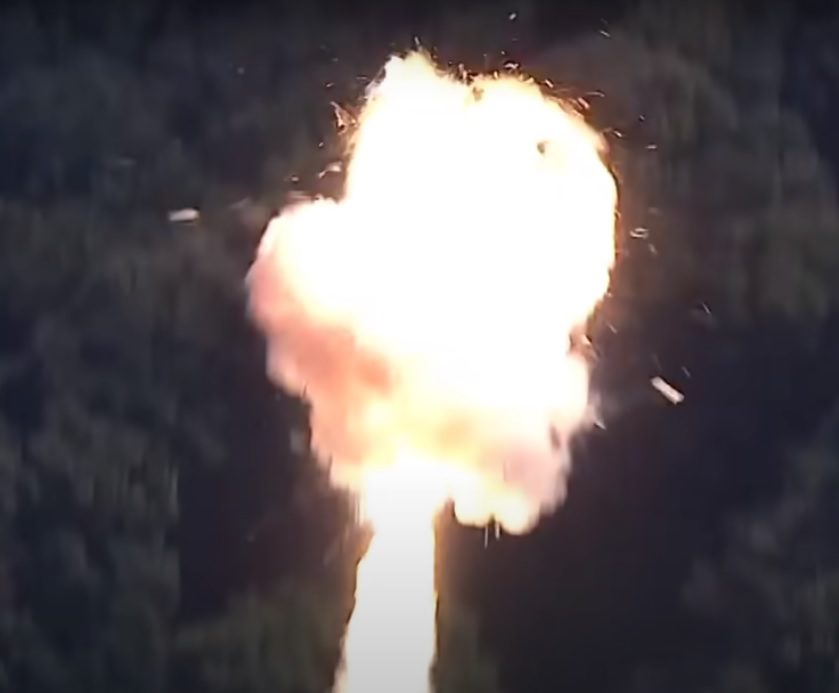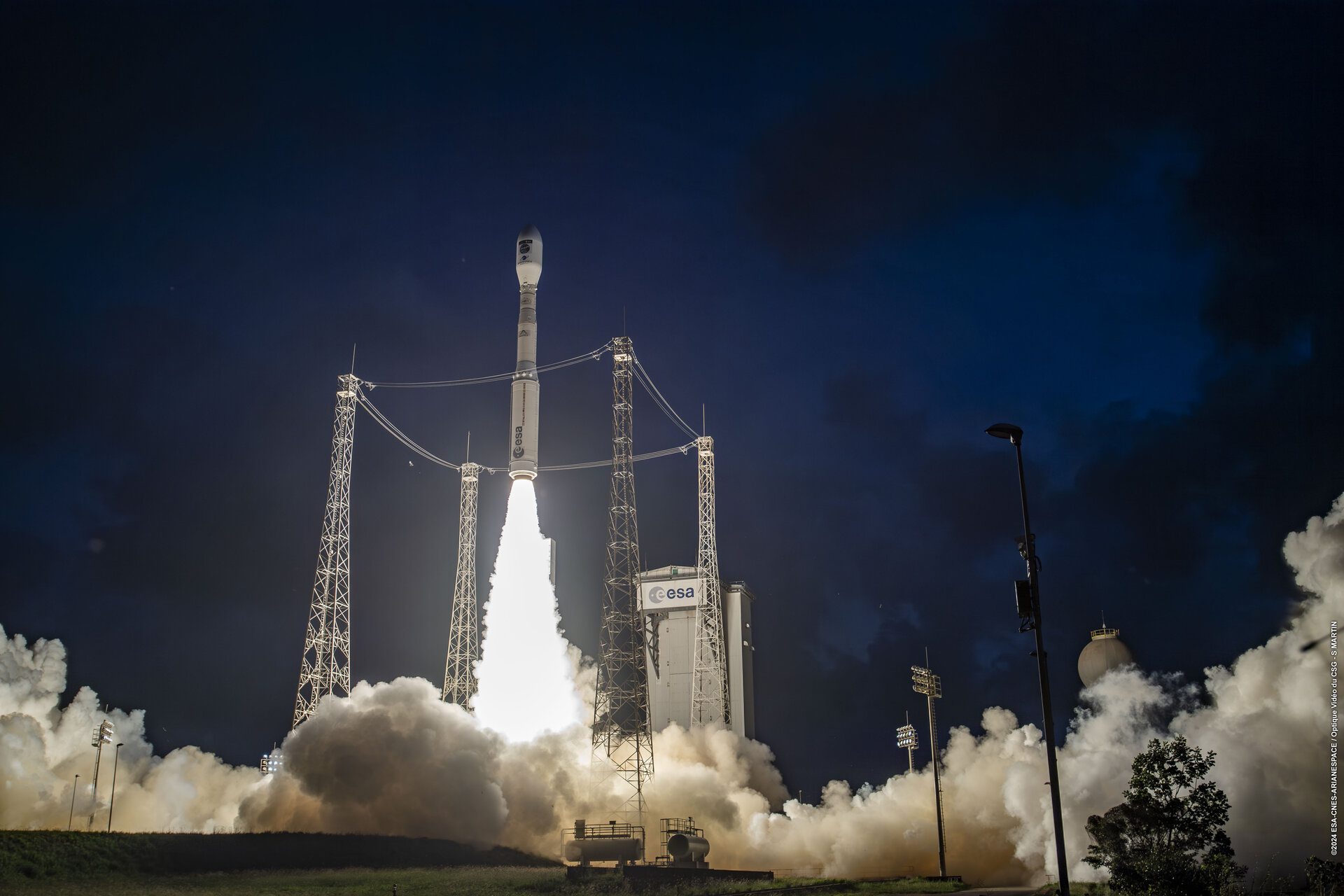While the overall International Space Station (ISS) is so large that an individual science instrument is relatively insignificant – such was the importance of the Alpha Magnetic Spectrometer-2 (AMS-2) – worth US$2 billion – that a series of spacewalk repairs was ordered, the complication being that the AMS-2 was not designed for in-orbit repair. As such, the extra vehicular activity (EVA) session on 15 November was ordered as the first step in this repair programme. The EVA began with hatch opening at 1136 GMT after the airlock was depressurised three minutes earlier.
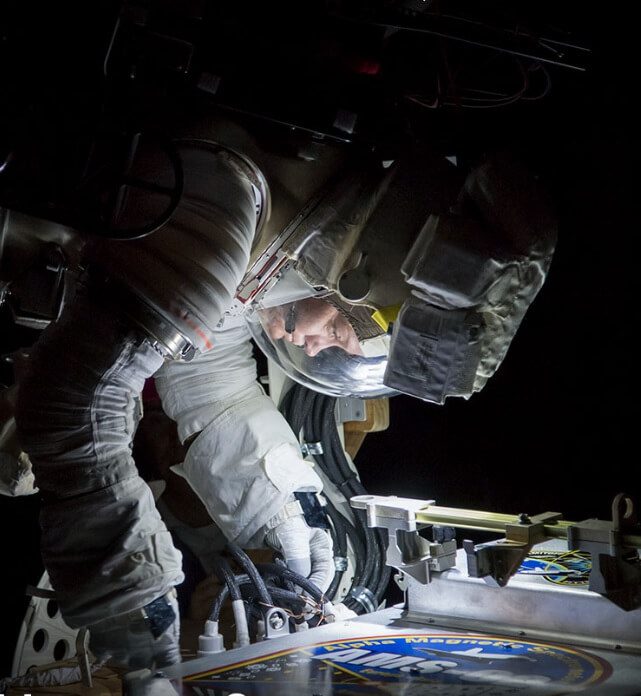
Astronaut gets face-to-face with Alpha Magnetic Spectrometer-2 (AMS-2). Courtesy: NASA/Josh Valcarcel
The AMS-2 partical physics instrument was launched in 2011 and attached to the outside of the space station on the S3 truss structure. However, recent faults with its sensor cooling system necessitated an urgent repair. As a first step astronauts Parmitano and Morgan removed a debris shield, a vertical support beam cover, and some other components to allow easier access. The astronauts also put in some hand holds to make later EVA repair sessions easier.
The spacewalk ended at 1814 GMT with repressurisation taking place at 1818 GMT.
A second repair spacewalk for the AMS-2 instrument took place on 22 November. This time the astronauts performing the EVA were astronauts Parmintano and Morgan. Following depressurisation completed at 1200 GMT the hatch was opened at 1201 GMT. After making cuts in the cooling pipework, depressurising it, and then preparing for the installation of a new pump, the spacewalk was hended with hatch closure at 1833 GMT, with repressurisation at 1835 GMT.
In between the two spacewalks, on 20 November, a J-SSOD deployer which had been delivered on HTV-8 was moved outside via the JEM robot arm system. The three cubesats on the J-SSOD were deployed: RWASAT-1 for the University of Tokyo and the Rwandan Ministry of Trade and Industry, NARSSCube-1 for the Egyptian Space Agency, and AQT-D testing a water thruster for the University of Tokyo.
Late News: The Progress MS-12 cargo ship which was launched on 31 July 2019, undocked from the Pirs module at 1025 GMT and was deorbited to re-enter over the Pacific Ocean at 1411 GMT. Any surviving debris fell into the ocean.
Jonathan McDowell contributed to this report.



